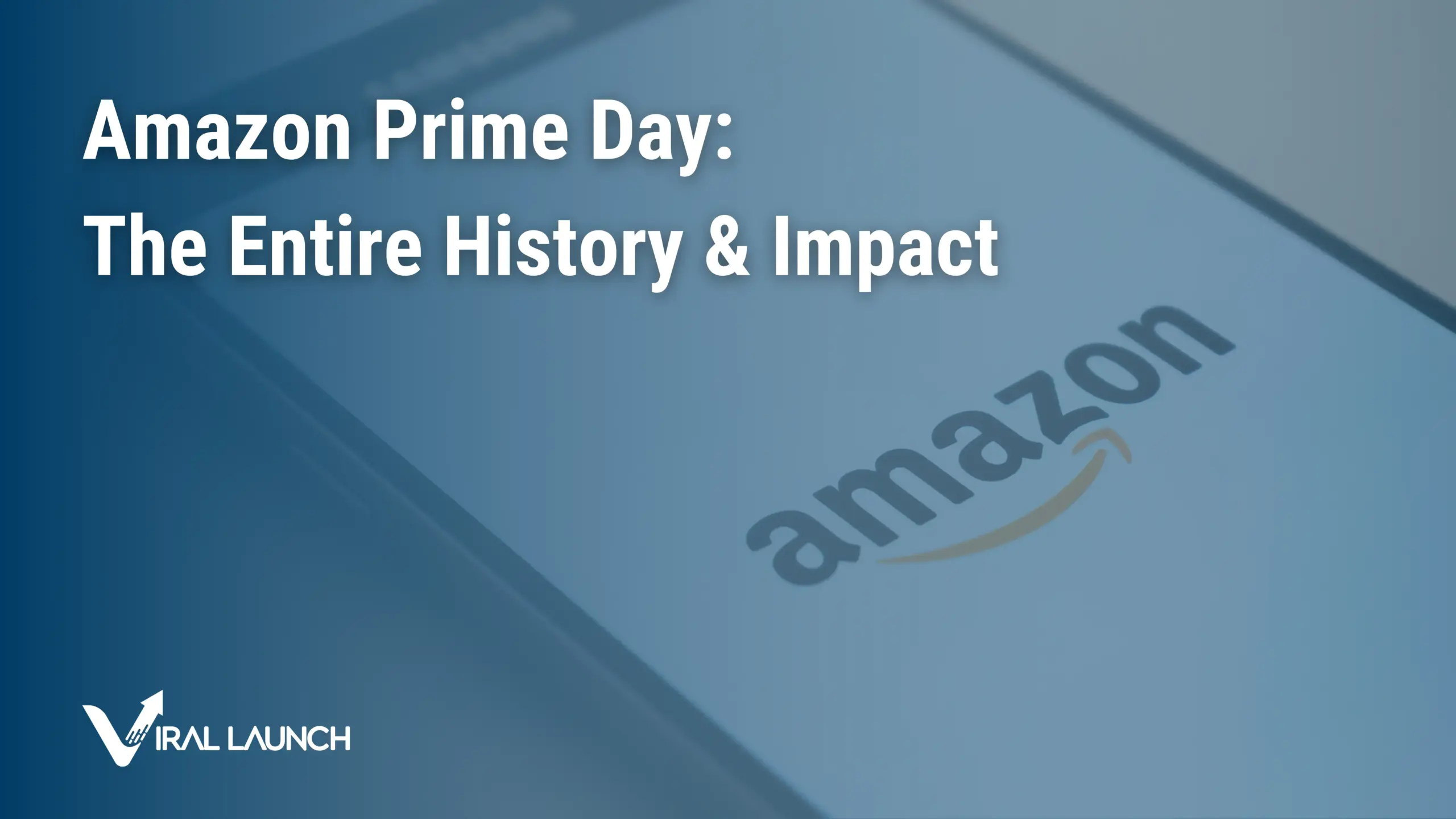The “strange and remarkable” rise of third-party Amazon sellers is expected to be a major factor when it comes to Amazon strategies for enterprise companies.
Major brands are now facing some serious competition on Amazon from what has up until now been an unlikely source. Third-party sellers now account for over half of the paid sales on Amazon and this momentum has been gradually building for the last two decades.
In a recent letter to shareholders, Amazon CEO Jeff Bezos’s stated that, “Third-party sellers are kicking our first party butt. Badly.”
The letter starts off with some data showing how third-party sales have increased from 3% in 1999 to 58% in 2018. Bezos describes this massive increase as “strange and remarkable.”
It’s definitely remarkable, but if we take a look at what’s behind the data, it’s not really that strange. It’s also not a fluke. Third-party brands have been able to find success on Amazon for a number of reasons, in part due to their own ingenuity and the array of tools Amazon and emerging software companies are providing them.
How 3P Sellers Are Winning
In Bezos’s letter, he acknowledges Amazon’s role in the rise of third-party brands: “We helped independent sellers compete against our first-party business by investing in and offering them the very best selling tools we could imagine and build” (emphasis original). In other words, Amazon itself has given these independent sellers the means to grow their business and become competitive with enterprise companies.
He goes on to specifically mention Fulfillment by Amazon (FBA) and the Prime membership program, which have both played a role in third-party success. Yet the Brand Analytics feature has also provided major advantages, along with the tools available within Seller Central.
Third-party brands have taken full advantage of these features to broaden their products’ visibility and increase their sales. Using Seller Central’s product-targeting capabilities, brands can focus on the product pages where they want their sponsored ads to appear. When a third-party brand’s ad appears on an enterprise brand’s page, and that third-party has a better offer, consumers will likely check out the ad and leave the larger brand behind. It’s these kinds of opportunities that the smaller brands are stealing from enterprise companies.
As third-party brands increase their sales, this in turn boosts their product rankings, which increases their visibility. This helps drive more sales, and a self-perpetuating cycle is under way.
Smaller brands also have an advantage over enterprise companies in that they can take a nimble approach to making pricing adjustments. Since large brands have to keep their retail and e-commerce prices consistent, their hands are tied when it comes to price adjustments. Third-party brands, however, can adjust their prices based on seasonality or special offers. By being able to take these kinds of actions they can position themselves to better reach consumers and outpace larger competitors.
Additionally, a big reason why third-party brands are doing so well is due to what the larger brands are not doing. They’re missing opportunities that they may not even be aware of. The advertising channels within Amazon and the growing ecosystem of solution providers can enable a business to get its products in front of its target consumers and increase their potential for sales. As long as the major brands neglect these opportunities, they’ll see their paid Amazon sales continue to drop to smaller percentages. Larger brands may also have a narrow view of who their competitors really are, without realizing that their market could be a mix of both first- and third-party sellers.
It’s Not All Bad News for Amazon
Despite Bezos’s characterization of this as a butt kicking, the success of third-party success is also a success for Amazon. They’re collecting a lot of FBA fees from the third-party sellers who choose to use that program, which hands over product fulfillment responsibilities from the seller to Amazon.
Amazon also seems to be preparing for more third-party brands to join their marketplace. Brand Analytics has recently expanded to include two new features, enabling sellers to gain data about their competitors and customers. It’s possible that further features will be on the way to help brands of all sizes devise new ways to drive ranking and sales. By providing third-party sellers with more pathways to drive success, Amazon is setting the stage to boost their own growth and profitability.
How to Revise Your Amazon Strategy
The time for enterprise companies to rethink their Amazon efforts is now. Learning, adapting, and improving are important for success in any field, and first-party brands will have to start practicing some new tactics, including efficient advertising campaigns, to maintain leadership in their market.Those who take a static approach and rely on previously successful approaches may see their profits stagnate, or if growth occurs, it likely won’t be as great as it could be.
Viral Launch’s recently published white paper, The Enterprise Brands’ Guide to Improving Amazon Sales, covers how large brands should reconsider their Amazon strategies. It outlines how third-party sellers have taken advantage of Amazon’s features to rank for the top keywords, expand their visibility, and take market share away from larger brands. Based on our wealth of data and experience, the white paper also outlines our strategy for increasing rank and sales for brands of any size.
By this time next year, we’ll likely see whether that first-party brands are taking this recent news seriously or if third-party sellers are continuing to drive the majority of Amazon sales. This gradual dominance of the small- to medium-sized brands may become the new normal, unless the larger enterprise companies find a way to learn some new, more agile approaches and reduce the sales of smaller competitors.








